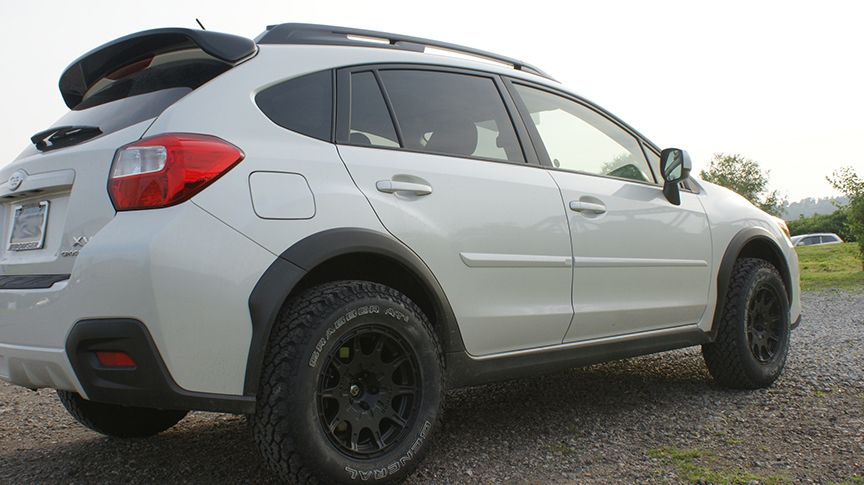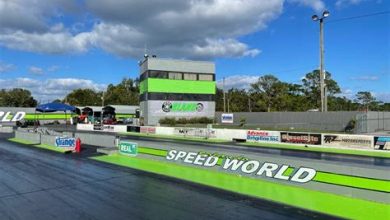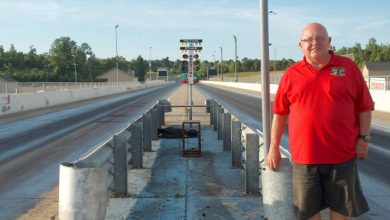Rally Racing Rims: Essential Guide

Rally racing is an exhilarating motorsport that combines high-speed driving, rugged terrains, and precision handling. Unlike traditional circuit racing, rally racing takes place on varied surfaces, from gravel and mud to snow and asphalt. Drivers navigate through challenging environments in a test of skill, speed, and endurance, making rally racing one of the most demanding motorsports. Essential to a rally car’s performance is its equipment, particularly rally racing rims, which play a crucial role in managing the intense demands of this sport.
The Importance of Rally Racing Rims
In rally racing, rims aren’t just aesthetic; they’re crucial for performance and durability. Rally racing rims are designed to withstand extreme conditions and impacts that occur during high-speed races across rough terrain. They are typically made from lightweight yet durable materials, such as forged aluminum or magnesium, which provide the perfect balance of strength and reduced weight. The lighter weight of these rims helps to improve acceleration and maneuverability, which are essential in the challenging and often unpredictable conditions rally drivers face.

Key Features of Rally Racing Rims
Rally racing rims have a unique design that sets them apart from standard rims. First, they have a reinforced structure, often with thicker walls and additional bracing, to resist the high impact forces generated when driving over rocks, ruts, and other rough surfaces. This extra strength helps prevent warping or cracking that could lead to rim failure during a race. The design of rally racing rims also usually includes a specific offset to improve the car’s stability and handling on loose surfaces.
Another key aspect is the rim size and width. Rally racing rims are often narrower than those used in track racing, allowing for increased tire sidewall height, which provides a cushioning effect. This setup not only improves ride quality on rough surfaces but also protects the rims from direct impacts. Wider rims also enhance traction by allowing a broader tire surface to grip the ground, which is critical in rally racing for stability and control.
Performance and Safety
The choice of rally racing rims affects both performance and safety. Since rally cars travel at high speeds over unpredictable terrain, having rims that can handle sudden impacts is crucial. Rally racing rims designed specifically for off-road use ensure that the car can maintain optimal handling and control, even when facing sudden obstacles or shifts in terrain. Rims that are too heavy can slow down the car’s response time and compromise control, while rims that are too light or weak may not withstand the impact, risking damage to the wheel assembly and suspension.
Selecting the Right Rally Racing Rims
Selecting the right rally racing rims depends on the type of rally event, the car’s specifications, and the terrain. For example, rims designed for gravel or dirt rallies may differ from those intended for asphalt or snow. It’s important for drivers and teams to choose rims that complement their car’s setup and the specific demands of the race. Specialized brands in rally racing rims, like OZ Racing and Speedline, offer rims tailored for rally racing that incorporate both durability and advanced engineering.
Rally racing rims are far more than standard car wheels—they are engineered tools built to withstand and adapt to the unique demands of rally racing. With their lightweight yet strong materials, optimized designs, and reinforced structures, rally racing rims ensure that drivers have the durability and control they need to navigate the toughest racing conditions. Properly selected rally racing rims are essential for achieving peak performance, safety, and stability on the racecourse.


